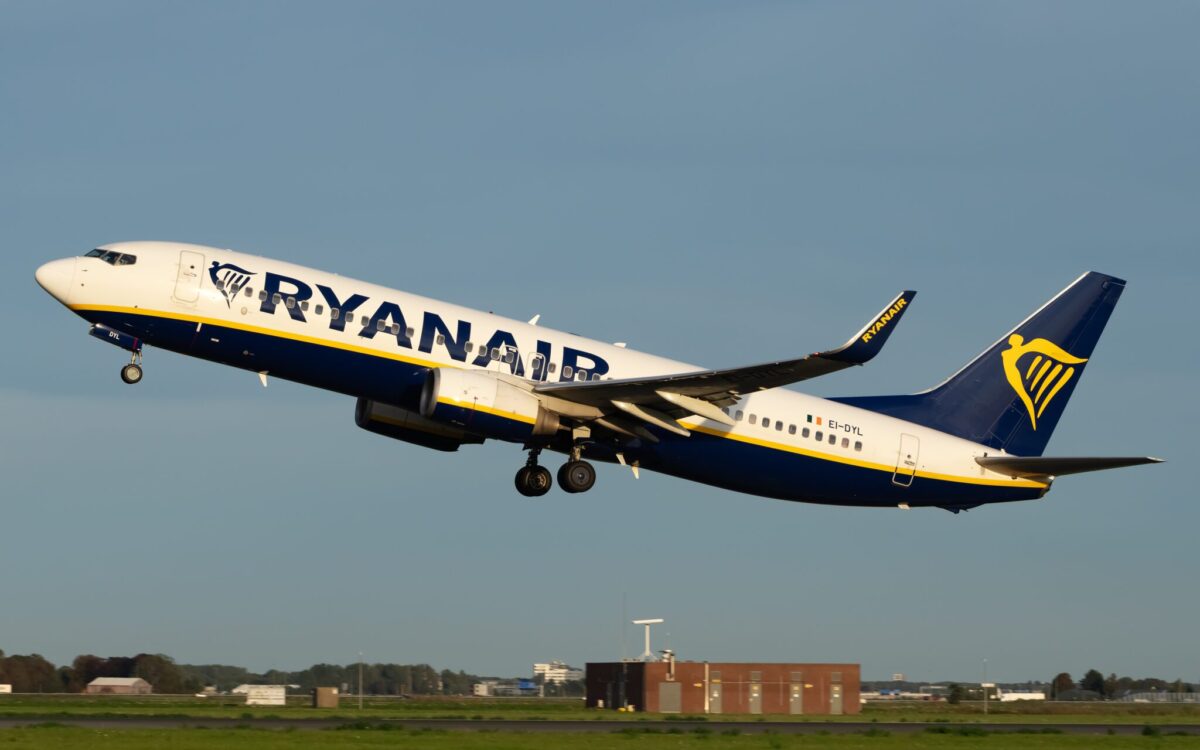Wyndham Plans to Woo Independent Hoteliers Closer to When the Bills Come Due

Skift Take
It may be a brutal year for the hotel industry, but Wyndham Hotels & Resorts still sees opportunities for growth via struggling independent hotels.
Wyndham executives were among the first in hospitality earlier this year to predict independent hotel operators would rush to sign deals with major global hotel brands out of the pandemic due to travelers craving familiarity. Following what Wyndham calls the worst lodging quarter in history, company leaders are still bullish on independent hoteliers converting to a Wyndham brand like Days Inn or La Quinta.
“The conversion opportunity for us is important,” Wyndham CEO Geoff Ballotti said Wednesday during an earnings call. “It’s a big opportunity for us domestically and an even bigger opportunity for us internationally.”
More than twice the number of U.S. independent hotels are still closed today compared to the branded economy or midscale sector, Ballotti claimed. Wyndham is targeting 15,000 U.S. hotel rooms for conversion opportunity. While not giving a specific figure, Ballotti said the growth opportunity is even higher in international markets where there are fewer branded hotels.
New Wyndham-branded hotel openings were down 65 percent in the second quarter, as construction was delayed on new-build properties and conversion volume was lower compared to 2019. But timing will be key in executing the string of expected brand conversions.
Wyndham leaders expect many independent hotel owners are still operating under forbearance terms lenders offered earlier this year to delay loan payments. But when banks once again return to normal payment schedules, a conversion opportunity could help still-struggling hotels satisfy their lenders.
“As they approach that deadline, banks are going to be looking for a plan and a reason why they should continue to work with that owner,” Ballotti said. “We think our value proposition and pitch becomes a lot more compelling later this year and into the first and second quarter of next.”
Ballotti touted Wyndham’s business fundamentals as a trump card in the travel recovery.
Ninety percent of the company’s U.S. hotels are in suburban, interstate, or secondary markets. Seventy percent of Wyndham’s guests are leisure travelers, and a majority of the company’s portfolio is not dependent on long-haul travel. Drive-to and leisure travel is expected to continue to prop up the hotel industry until a coronavirus vaccine is in widespread distribution.
La Quinta, a popular Wyndham brand conversion offering, is also the company’s strongest-performing flag at the moment. The midscale brand had a 65 percent average occupancy last Saturday in the U.S. The overall U.S. industry average was a little more than 56 percent on July 18th, the most recent Saturday tracked by STR.
Given its strong conversion outlook, Wyndham initially set aside at least $30 million for conversion opportunities, company leaders announced on an investor call in May.
“We are happy to put it to work where it makes sense. We would do that on a select basis and only where it would generate [a] stronger [returns on investment] for us and franchisees,” Wyndham Chief Financial Officer Michele Allen said Wednesday. “We do see, now that financing is a little tighter, the key money could become a more important element of a deal going forward where the capital stack needs to be filled.”
But this “key money” often used on property improvements to adhere to new brand standards will only be deployed on a select basis.
“Michelle squeezes key money out with an eye dropper,” Ballotti said jokingly.
A Travel Nosedive
Wyndham may see plenty of growth ahead with brand conversions, but the company still took a hit in the second quarter when the full weight of the pandemic depleted travel demand.
The hotel company posted a $174 million loss in the quarter and a 54 percent drop in revenue per room — the hotel industry’s key performance metric — since the second quarter of 2019. But Wyndham franchisees were able to utilize various relief programs to get through the worst of the pandemic.
Ninety percent of Wyndham’s U.S. franchisees took a small business loan from the Paycheck Protection Program under the $2 trillion coronavirus relief measure passed in late March. More than 60 percent of franchisees have also received some level of debt relief from lenders, according to a Wyndham investor presentation.
Wyndham’s leaders emphasized their focus on drive-to, leisure travel will continue to deliver strength in the recovery. The optimism comes amid some travel analyst fears of a second downturn in the fall inducing a W-shaped recovery due to fewer vacations while students return to school in various capacities.
“It’s important to note our leisure mix does not change dramatically quarter to quarter,” Ballotti said. “We are no more reliant on corporate or contracted business in the third and fourth quarters than we are in the second quarter.”
Allen later admitted Wyndham does expect to see some demand retrenchment in the fourth quarter of this year. There is also the continued surge of new coronavirus cases and deaths in states home to many of Wyndham’s leisure and drive-to hotels like California, Texas, and Florida.
Ballotti used the investor call to announce a mask mandate at Wyndham hotels like the ones recently enacted by Marriott, Hyatt, and IHG. But the executive did not appear concerned with how the Sun Belt case spike might impact bookings at Wyndham properties heading into fall.
“We, of course, continue to monitor certain reopening plan rollbacks and are well aware leisure travel may abate some in the fall,” Ballotti said. “Nevertheless, we are encouraged by continued consumer confidence in drive-to getaways.”




